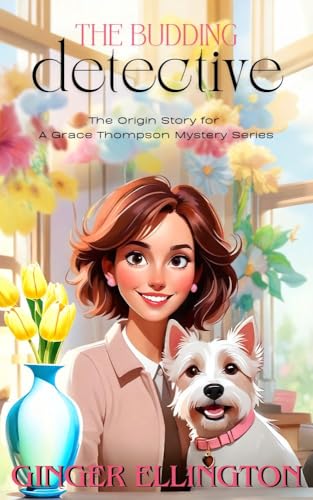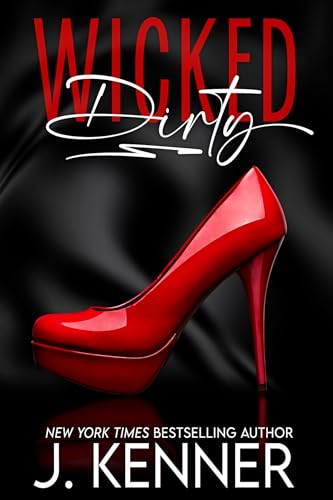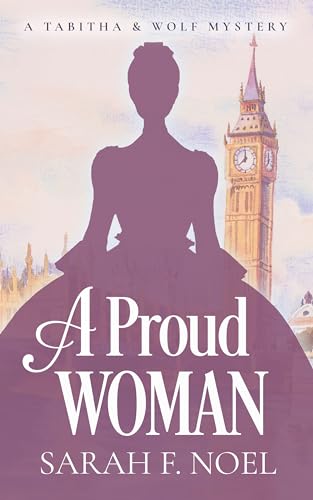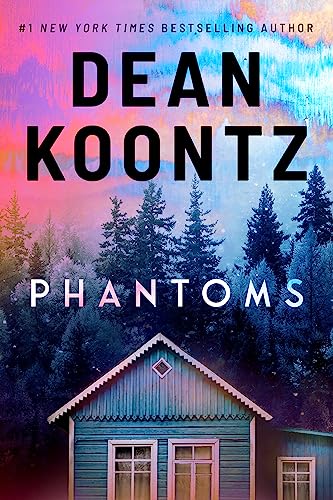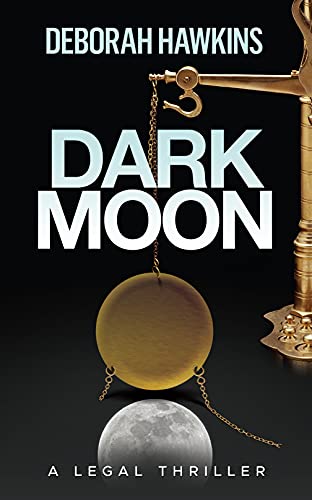Mary Roberts Rinehart was the grande dame of American crime fiction, at the height of her powers, when she fell into a murder mystery of her own according to Sarah Weinman from CrimeReads… Support our news coverage by subscribing to our Kindle Nation Daily Digest. Joining is free right now!
Late in the morning of June 21, 1947, Mary Roberts Rinehart sat in the library, speaking to her butler. She had hired him earlier that summer and hoped he would suit, unlike the other butlers who had come and gone. Eaglesgate was a lot of ground to cover—literally, what with the hilltop manse, the guest houses dotting the carriage roads, and the long way down to Eden Street, one of the main streets of Bar Harbor, Maine. But an able butler could do it.
Rinehart had purchased the sumptuous, seven-acre estate, then known as Farview, ten years before. She’d rented in Bar Harbor for two successive years, falling ever more in love with the island resort town by Frenchman Bay. When Rinehart learned the estate was for sale at an absurdly low price—this was the height of the Great Depression—she pounced. Rinehart was not born rich, but the success of her novels, plays, and stories, beginning with The Circular Staircase (1908), catapulted her several rungs up the economic ladder. She could afford several houses, and to employ several servants.
Her husband, Stanley, had been gone for five years, spurring her to relocate from a gigantic apartment in Washington to one on Park Avenue in New York City, and to give up another home in Wyoming because the mountain air worsened her heart condition, and she could no longer climb stairs as well as before. Her three sons were grown, and the eldest and youngest, Stanley Jr. and Ted, had become her publishers since co-founding Farrar & Rinehart in 1929. A new house could not assuage lingering grief and loneliness, but a new place to entertain guests for elaborate summertime parties could act as balm. And for the next decade, Eaglesgate was that balm.
At nearly seventy-one, Rinehart was closer to death than to her peak, but she was still regarded as the Grande Dame of American mystery fiction, even as the current genre kings & queens gravitated towards the harder-boiled, and to more realistic depictions of life and of people. When she published, her books sold, and sold well, most recently The Yellow Room (1945), a patented concoction of murder, mystery, suspense and romance set in a town distinctly resembling Bar Harbor.
Read full post on CrimeReads


